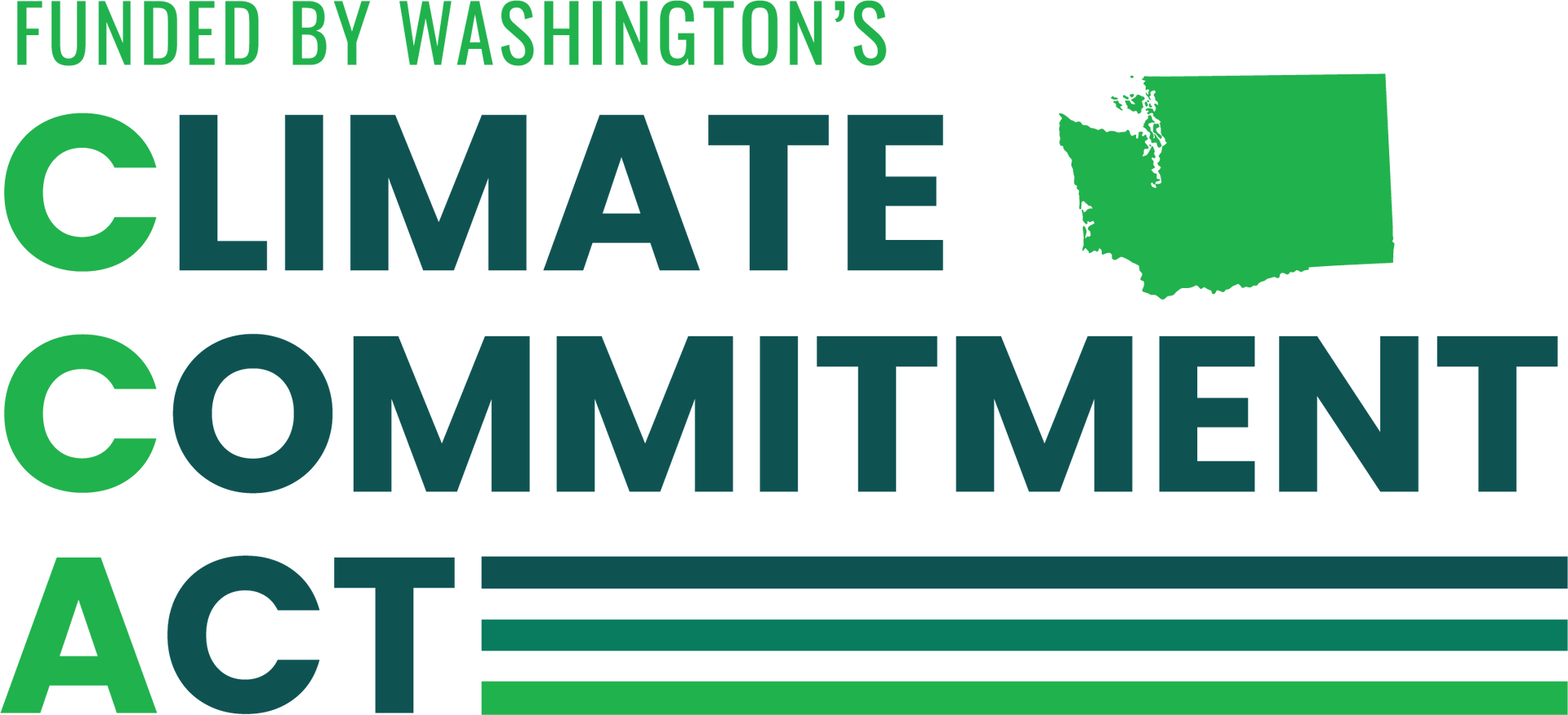Adverse Weather Driver Training Resources
About Adverse Weather Driver Training Resources
The resources are intended to assist providers with developing and facilitating trainings for drivers and critical transportation staff. For questions about this webpage, or to request an emergency preparedness training for your agency facilitated by an emergency manager or member of the RARET workgroup, please contact Dean Sydnor at DSydnor@hopelink.org or 425-429-5995.
Preparing Your Vehicle for Inclement Weather
Winter Tires, Traction Tires, and Snow Chains
Driving in Inclement Weather
Driver and Passenger Safety
Situational Awareness
Additional Resources
Request a Training
To request an emergency preparedness training for your agency facilitated by an emergency manager or member of the RARET workgroup, please contact Bree Boyce at BBoyce@hopelink.org or 425-943-6751
Additional Feedback
Please take a moment to submit your feedback so we can improve this web page.









